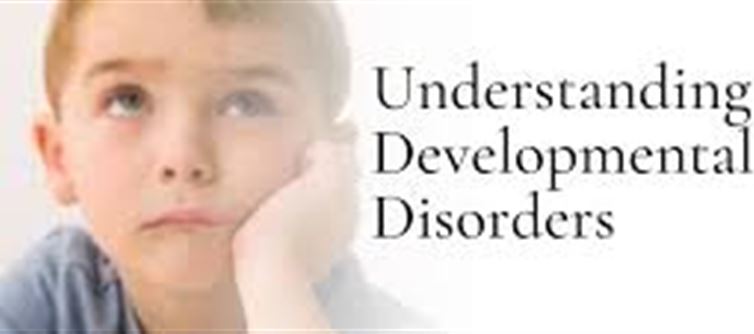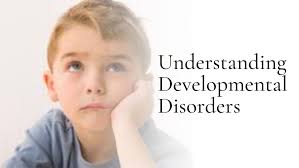
Developmental disorders in children encompass a range of conditions that affect physical, cognitive, communication, social, or behavioral development. These disorders often emerge in early childhood and can persist throughout life. Understanding their nature, causes, and interventions is crucial for early identification and support.
1. Types and Prevalence
Developmental disorders include conditions such as autism spectrum disorder (ASD), attention-deficit/hyperactivity disorder (ADHD), intellectual disabilities, learning disorders, and communication disorders. In the United States, approximately 17% of children between the ages of 3 and 17 live with at least one developmental disorder . These conditions can vary widely in severity and impact on daily functioning.
2. Causes and Risk Factors
The causes of developmental disorders are multifaceted, involving genetic, environmental, and biological factors. Genetic abnormalities, prenatal exposure to harmful substances, birth complications, and infections during pregnancy or early infancy can contribute to the development of these disorders . For instance, a study found that low neonatal vitamin D levels are associated with an increased risk of mental disorders such as schizophrenia, ASD, and ADHD .
3. Signs and Symptoms
Symptoms of developmental disorders vary depending on the specific condition but may include delays in reaching developmental milestones, difficulties with communication, social interaction challenges, and behavioral issues. For example, children with ASD may exhibit repetitive behaviors and have trouble with social interactions, while those with ADHD might display inattention, hyperactivity, and impulsivity .
4. Diagnosis and Early Intervention
Early diagnosis is vital for effective intervention. Healthcare providers use developmental screenings and assessments to identify delays or disorders. Once diagnosed, early intervention services, including speech therapy, occupational therapy, and behavioral interventions, can significantly improve outcomes . Parental involvement and education are also critical components of successful intervention strategies.
5. Support and Treatment
While many developmental disorders are lifelong, various treatments and support systems can help manage symptoms and enhance quality of life. Individualized education Programs (IEPs) and 504 Plans in schools provide tailored educational support. Therapies such as cognitive-behavioral therapy, social skills training, and medication management are also employed based on individual needs . Community resources and support groups offer additional assistance to families navigating these challenges.




 click and follow Indiaherald WhatsApp channel
click and follow Indiaherald WhatsApp channel